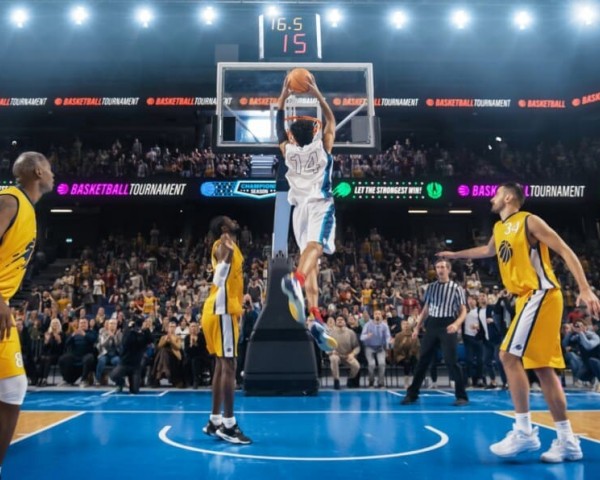Sports tourism has quickly become a game-changer for the travel sector, shaking up the way people plan their trips. A recent study by Expedia Group shows that sports-linked journeys now make up about 10% of global tourism spending – and some forecasts even suggest this could hit around $1.3 trillion (roughly €1.2 billion) by 2025. Big events like the 2026 FIFA World Cup and the Olympic Games scheduled in Italy and Los Angeles are only adding fuel to this growing trend.
More Than Just the Game
The data hints that sports tourism isn’t just about catching the game – it’s also about building closer connections. Census-wide surveyed 2,000 people from places like Australia, Canada, France, Germany, Japan, Mexico, the US, and the UK, and found a neat little pattern: roughly 35% travel with friends, 34% with partners, and 33% with family. In most cases, these trips, steeped in shared passions, end up creating memories that last a lifetime, and they even have a positive side effect on mental well-being.
The Rise of Women’s Sports
While football still draws the biggest crowds in many parts of the world, there’s a noticeable shift emerging in favor of women’s sports. Even though 71% of survey respondents said they attended men’s events, there’s a growing appetite among younger fans. For instance, among the 16- to 34-year-olds, 24% went to mixed-gender events compared to an average of 20%, and 12% turned up for women’s tournaments instead of the usual 9%. Tournaments like the Women’s European Championship, the Rugby World Cup, and the Solheim Cup are opening fresh doors for operators looking to cater to this burgeoning niche.
Fans Go the Distance
It turns out that true sports fans are ready to go the extra mile—literally. About 44% of people said they traveled abroad for their last sporting event, and that figure jumps to 56% for the 16- to 34-year-old crowd. Markets like Canada (with 62%), Germany (58%), and France (57%) seem especially keen on crossing borders for a game. This trend clearly signals that travel providers have a real opportunity to expand internationally, especially if they tap into the wanderlust of younger fans.
Beyond the main event, many travelers mix in other adventures. Three out of every five people who stayed for more than a day switched up accommodations away from the event’s location at least once. Nearly one-third chose a popular spot nearby, about 20% ventured over an hour away, and another 20% picked up the less obvious, off-the-beaten-path options. Plus, a whopping 81% of those who booked their stays took some extra mini-adventures—45% explored the local surroundings, 30% traveled within the same country, and 21% even hopped on a flight abroad.
Economic Boost for Local Communities
Sports tourism doesn’t just pack stadiums—it boosts the local economy too. On their latest trip, travelers reported spending an average of over $1,500 across different travel expenses. Event tickets came in at just over $300 per person; flights for those flying typically cost more than $420, and overnight accommodations averaged about $480. On top of that, spending on dining, shopping, and other activities added another $370 or so per traveler. This kind of spending really helps fill the coffers of local businesses.
Looking ahead, many travelers planning to attend sporting events in the next year are already budgeting—averaging an expected spend of over $1,200. This forward-thinking spending suggests that if they develop smart, targeted strategies, travel brands can capture a growing slice of the market.
Opportunities for the Travel Industry
The Expedia Group study, while just one snapshot of the broader picture, highlights many doors opening for those ready to innovate. With sports tourism driving social connections, expanding event choices, and encouraging adventurous journeys, the industry has plenty of opportunities to get creative and capitalize on these trends. Travel companies now have a rough, yet surprisingly creative plan to ride the sports tourism surge. Using a mix of savvy data insights and a splash of custom marketing, brands are better able to reach sports fans and spark bookings—from flights and hotels to those offbeat local adventures. This approach doesn’t just boost their bottom line; it also helps give a small, welcome economic nudge to communities hosting event after event. In most cases, as sports tourism steadily grows, its role in shifting travel habits and knitting global connections can’t be ignored.

